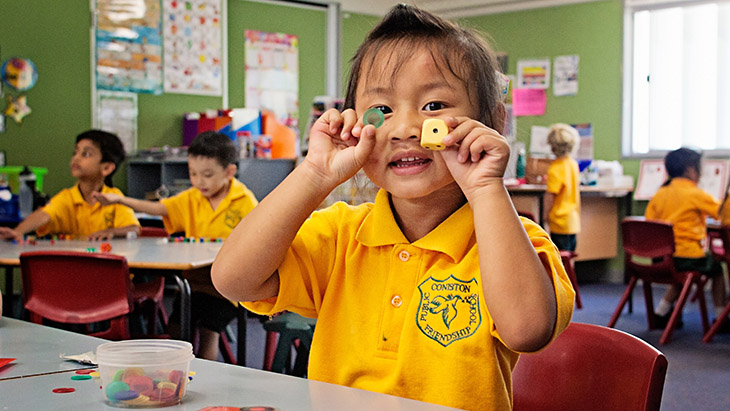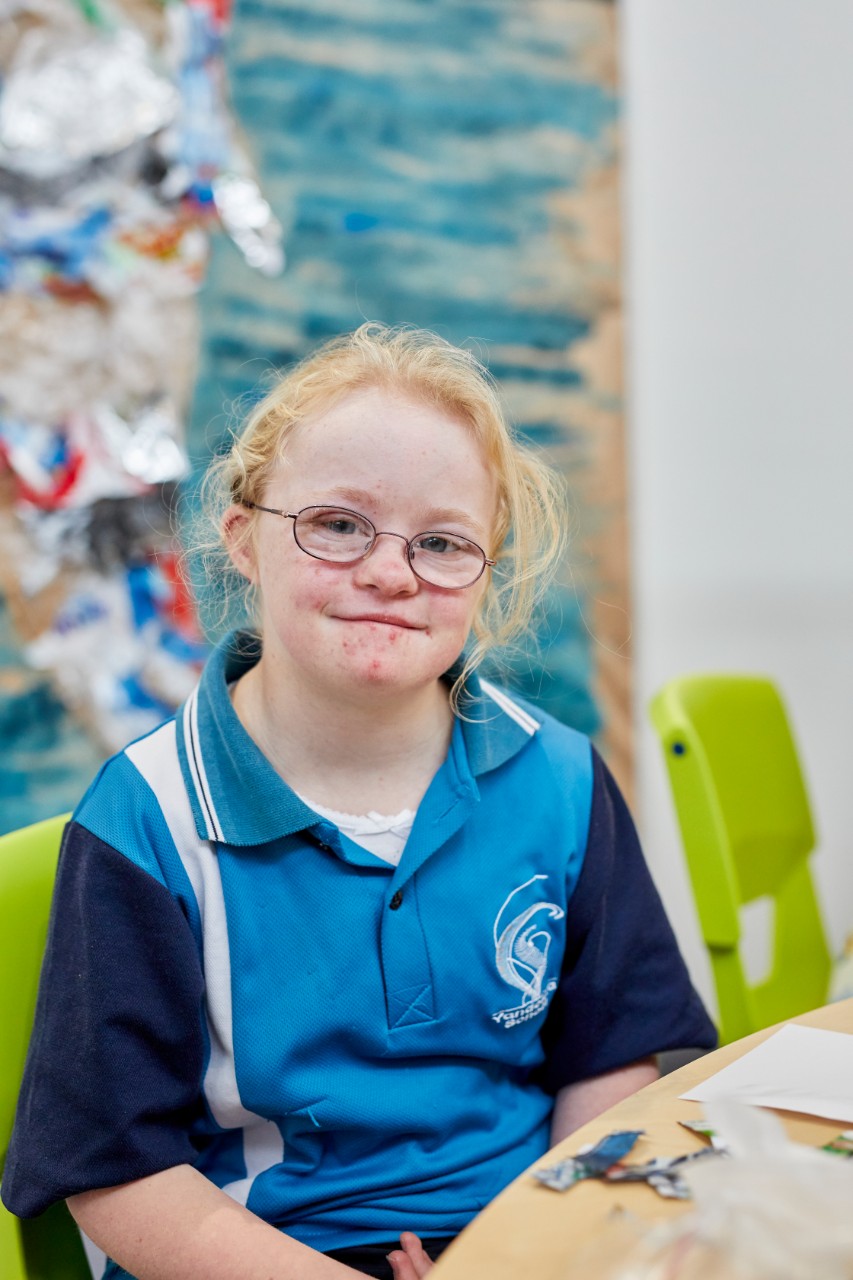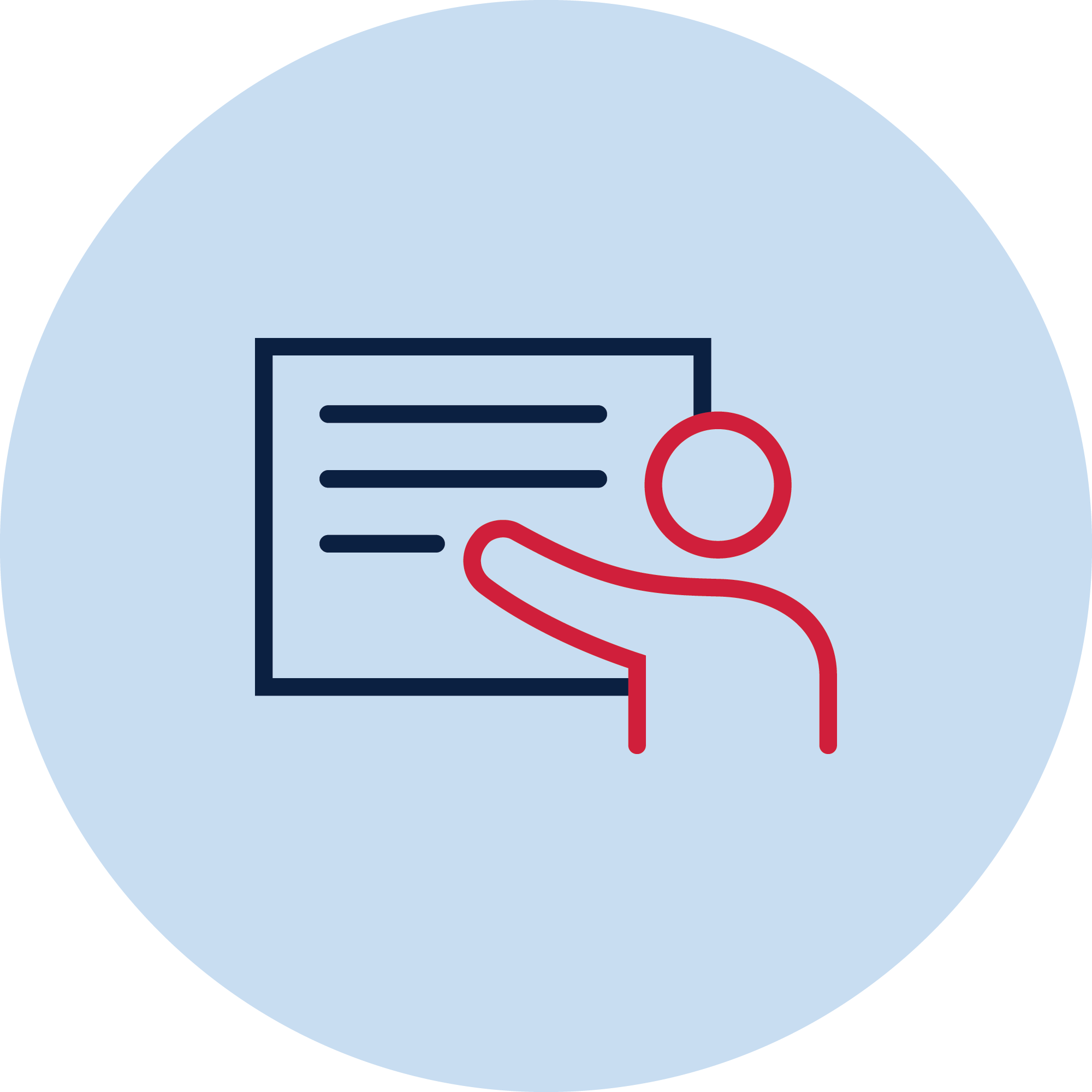Peer inclusion and group work
Research has found that peer mediated intervention is one of the most effective approaches for supporting the inclusion of students and the development of social skills at school. Peer mediated intervention is particularly relevant for students who find joining in or engaging with peers challenging, such as students on the autism spectrum.
So what is peer mediated intervention?
What if a student or their family do not wish to have their disability disclosed to others?

Could peer mediated intervention negatively impact the wellbeing, inclusion or academic performance of peers?
Characteristics of effective peer mediated intervention
Peer mediated intervention typically involves the inclusion of several peers as mediators. Including more than one peer means that a student has many peers to play and interact with and is not dependent on one specific peer (leaving the student without other options if the peer is absent).
Interacting with many different peers also helps a student generalise the communication and social skills they are learning.
Peer mediators who are well-liked and prosocial tend to make great mediators. It may also be important to choose peer mediators who have good social and communication skills.
Regular training and practice is important for successful peer mediated intervention.
Teaching peer mediated intervention
Key tips
The following diagram outlines some of the key steps to teach peers to be mediators. This model involves:
- Recognising students who are not included or joining in.
- Getting their attention by speaking their name, looking attentively at them (in the eyes if the student seems comfortable with making eye contact), and explicitly prompting them to look and listen to them.
- Offering choices (for example, play in the sandpit with Sondita, or bounce the ball with Joseph?).
- Talking aloud about their play (for example, “let’s both bounce our ball against this wall”).
- Encourage social behaviours (for example, “Let’s swap, you can bounce this green ball, and I’ll bounce the red ball”).
- Encourage participation (for example, giving a high-five when they swap or bounce the ball).
- Seeking help when needed (for example, when a student is becoming agitated).
Some older primary students may also be able to learn communication prompts for including peers with communication challenges.

Group work
Step 1
- Provide an overview of relevant characteristics of students with a specific disability and the goals of peer group work
- Use strengths-based language
- Consider and discuss confidentiality.
Step 2
- Teach peers support strategies for class. For example, if they are helping keep a student on-task, they could point to the worksheet and say “We need to finish our worksheet”.
- Teach peers to encourage others. For example, if a student who was distracted is back on-task, they could say “You’re working hard, great job!”.
Step 3
- Teach peers social or communication skills.
Step 4
- Talk to peers about when to seek assistance
- Knowing when and how to seek assistance can help ensure peers are able to balance their own workload with supporting their peer, and can seek support when challenges arise.


School Excellence Framework alignment
Wellbeing, Effective classroom practice
Australian Professional Standards for Teachers alignment
Standard 1: Know students and how they learn
Audience
Primary teachers
Purpose
This guide can be used to by teachers to support the inclusion of students through peer mediated intervention. It provides strategies to develop the social skills of all students in working within diverse groups.
Reviewed
November 2021. Share your feedback here
Explore other topics
1/5